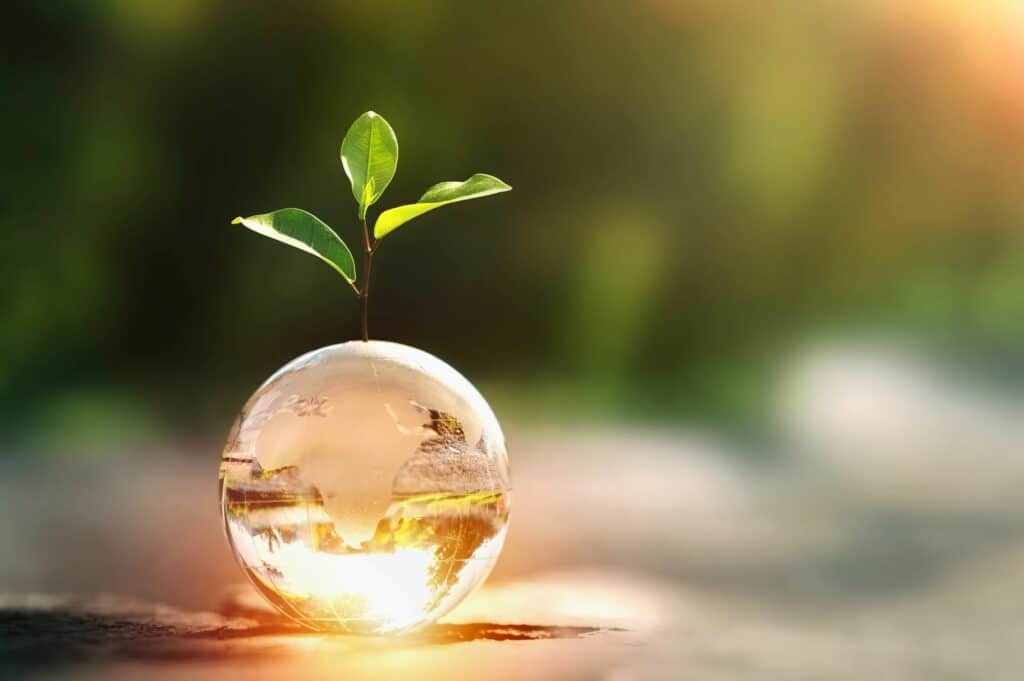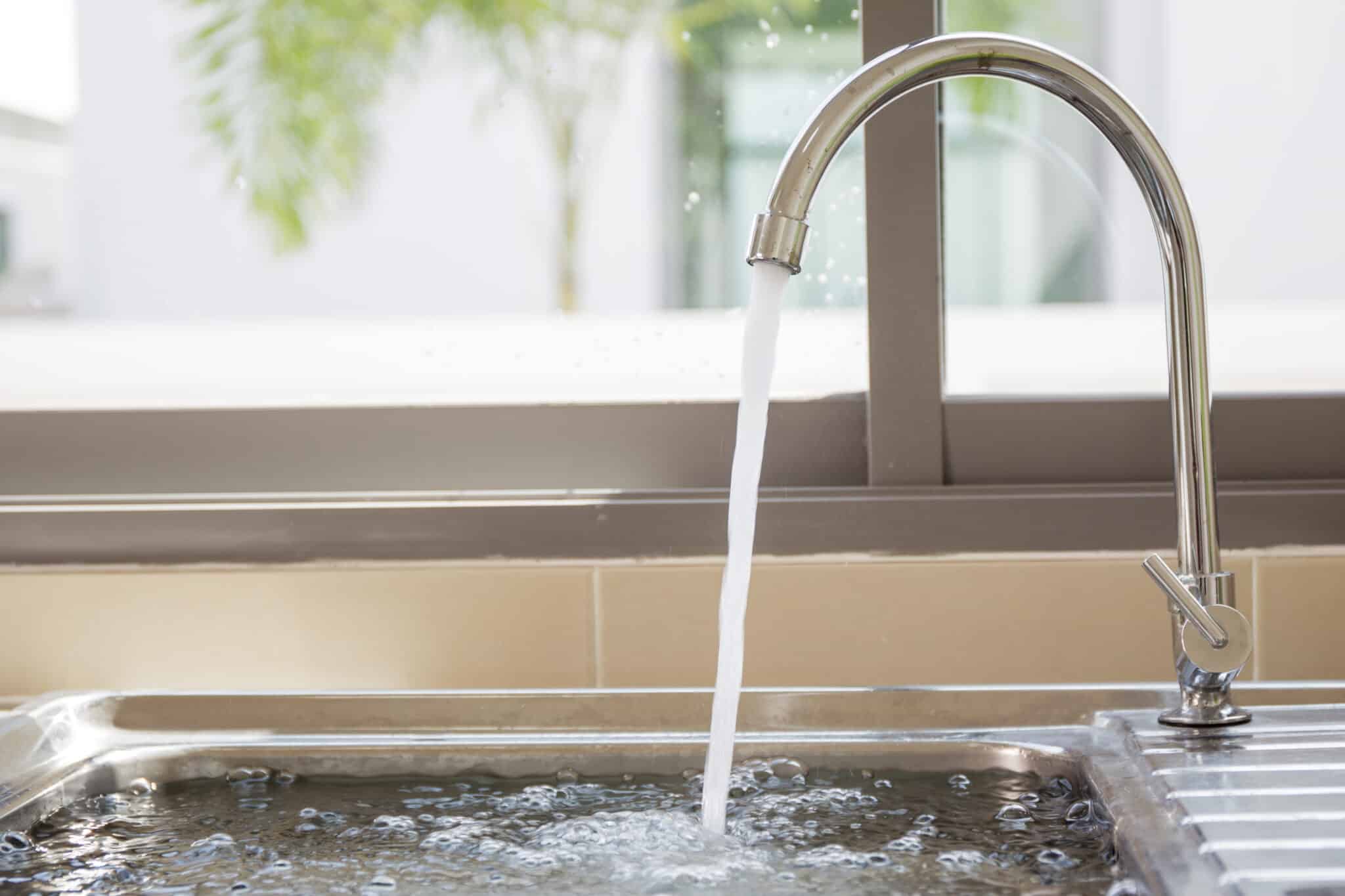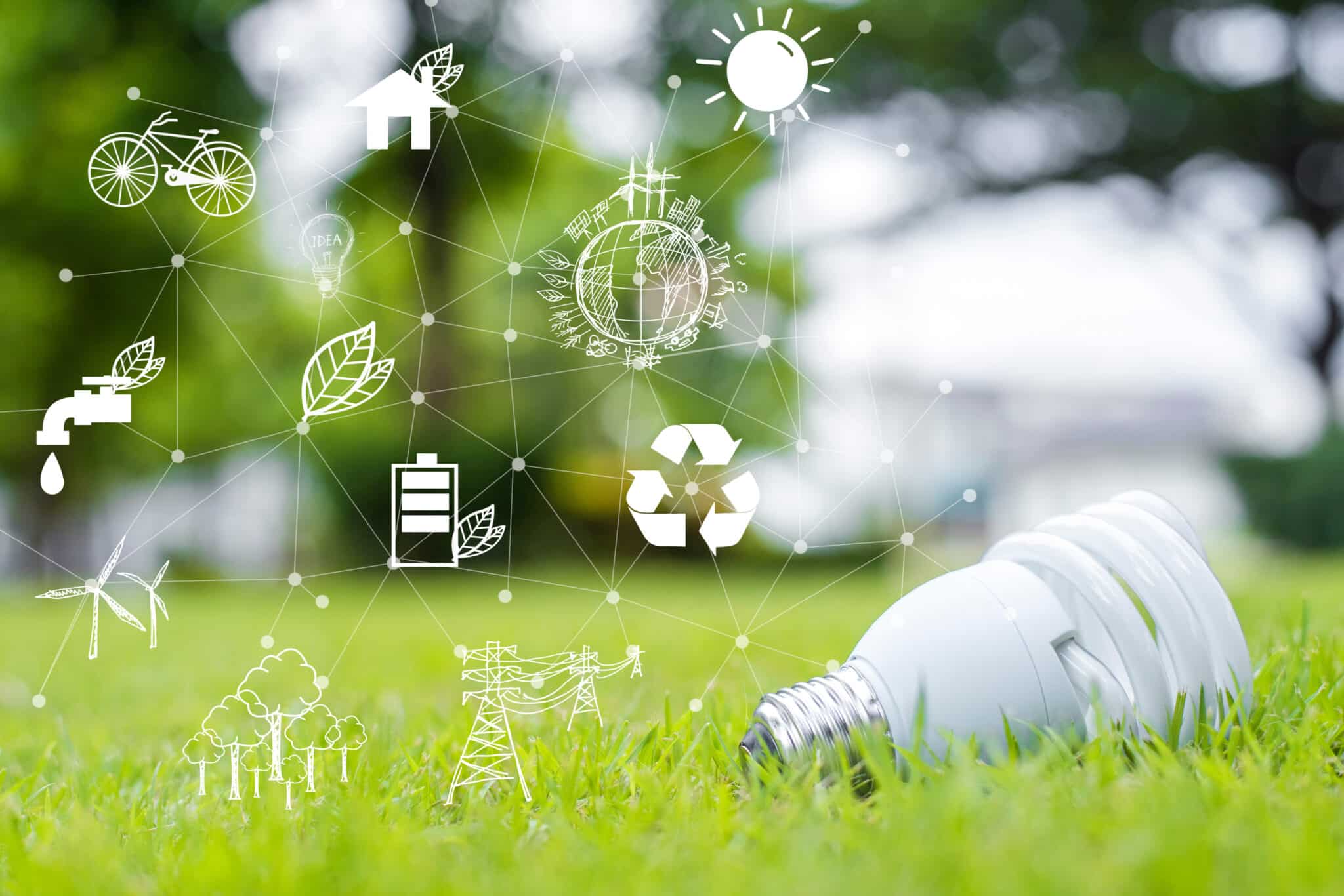5 (Actually) Simple Ways To Be More Eco-Friendly This Earth Day

With all the potential problems and all the things we “could” or “should” be doing to be more environmentally friendly, it can be easy to feel the pressure of eco-anxiety creeping in. But let’s be honest with ourselves- most of us can’t suddenly start riding our bikes every day to work, immediately update to brand new energy efficient appliances, and live in a zero-waste home with all of our waste for a year fitting into a single jar. After all, studies show that to “achieve big is to start small — through micro habits” (Harvard Business Review) and this fundamental success principle applies to all aspects of life. This Earth Day, we chose to take a look at simple, practical ways to make a difference in 5 categories that actually feel doable (and save money in the long run). So relax, release the eco-guilt, and start with what you can!
Want to know what your baseline is right now? Check out this Ecological Footprint Calculator to see what your current impact is on the planet.
1. Be Water Wise
Did you know that according to National Geographic, ” of all the water on Earth, more than 99 percent of Earth’s water is unusable by humans and many other living things?” In the rainy Pacific Northwest we may get a lot of rain, but it’s not so simple (or inexpensive) as we might think to convert that to drinkable water. As the population and demand for water goes up, the water needs of people can conflict with that of local vegetation and wildlife (such as migrating salmon). And if protecting the local ecosystem isn’t enough, conserving water actually saves you money on your water bill! So what are some easy ways to be water wise?
Turn it off
The State of Washington’s Department of Ecology states that “over half the water use inside a home takes place in the bathroom.” Just turning off water while shaving or brushing teeth can save up to “4 gallons a minute, or up to 200 gallons a week for a family of four!” Opting for showers instead of baths and reducing the amount of time we spend showering is another easy way to contribute to water conservation.
Fix leaky pipes
According to the U.S. Environmental Protection Agency, “the average household’s leaks can account for nearly 10,000 gallons of water wasted every year.” That’s a lot of water and a lot of annual savings on your water bill! Check out their website to find and repair leaks in your home.
2. Be Food Smart
There is so much that goes into putting food on our tables- “the water, energy, labor, pesticides, fertilizers, and land used to make and transport the food” (Department of Ecology). When we throw away our dinner, we may waste much more than we realize. In fact, “American families throw out approximately 25% of the food and beverages they buy.” That can really add up! Not only is it a financial waste, but it wastes all of the resources used to grow and deliver that food. So what can we do about it?
Smart shopping
This is one of the easiest ways to combat food waste. Budgeting can also help you with your finances. Astonishingly, the average food wasted in American families is equal to an estimated “$1,365 to $2,275 annually per household.” All you have to do is prepare before you shop. Check your kitchen for what you already have, make a plan, and create a list. Freezing excess food to be enjoyed later can reduce food waste, too.
Support local
Buying from local farmers and producers has so many benefits, and in Kitsap County, we have so many amazing options. Not only are you supporting your local economy and families, it’s also a good way to support the environment and sustainable agriculture. Food that has to travel less to get to you helps reduce greenhouse gases and emissions generated from long-distance transportation. As an added bonus, your food will be more nutritious and will likely even taste better!
3. Know Your Stuff
The U.S. Environmental Protection Agency provides data on how much we waste in textiles, which consists mainly of “discarded clothing, although other smaller sources include furniture, carpets, tires, footwear, sheets and towels.” In the year 2018, 11.3 million tons of these textiles ended up in landfills! Textile and clothing waste leads to pollution, greenhouse gases, and other indirect problems such as water waste from the production of the fabrics to begin with. It’s safe to say that fast fashion isn’t so cool. So what can we do about it?
Donate
Donating gently used clothing (as well as other textiles) to second-hand stores, charities, and even families that you know in need is not only good for the planet, but for the people you help. Not to mention, you could receive a tax deduction just for doing something simple! Keep in mind that we can’t “expect someone in need to be grateful for a stained T-shirt or a pair of ratty sweats” (The New York Times). Often, items that are damaged or filthy can’t be sold and will end up in a landfill anyways despite your best intentions. That’s why these items are great to repurpose!
Repair or repurpose
Have a shirt that’s missing a button? Pants that have a broken zipper? Faded jeans? A lot of these items end up in a landfill, and are likely more easy to fix than we expect! Learning how to fix a hem or sew a button with a simple sewing kit can greatly reduce the textile waste we produce. Repurposing, or upcycling, textiles may take a bit more effort, but it can be a fun way to explore your creative side. Have any truly unusable clothing? Rip it up and use the pieces as a kitchen or shop rag!
4. Smart Energy
“Of the total energy consumed in the United States, about 40% is used to generate electricity” according to the U.S. Environmental Protection Agency. Being energy efficient improves our carbon footprint because it reduces the fuel needed to generate electricity, the amount of greenhouse gasses emitted, and the amount of air pollution (particularly when fuel is burned to generate your electricity). One of the best ways to become an energy efficiency aficionado is by checking out ENRGY STAR‘s certified products to help you save energy. While this will help you save money in the long run, it can take time to replace every appliance in your home. So what can be done in the meantime?
Unplug
Appliances and electronics that are still plugged in continue to draw on electricity, even in standby. The Natural Resources Defense Council estimated that leaving these devices on “[costs] the average US household around $165 every year.” That adds up fast to “$19 billion worth of electricity [that] may be wasted in U.S. homes.” So save money and unplug devices that are rarely used. And when you take that next vacation, unplug even more and save even more. If you want to take it a step further, invest in power strips with timers so that “devices only draw power when you need them.”
Efficient Lighting
From the EPA, “energy efficiency is about using less energy to get the same job done – and in the process, avoiding high energy bills and unnecessary pollution.” Light bulbs are one of the easiest things to replace in a home with a big impact- “energy efficient light bulbs certified by ENERGY STAR use 70 to 90% less energy than incandescent bulbs,” they “last at least 15 times longer,” and they “[save] about $55 in electricity costs over its lifetime.” Seems like a great deal for the planet and for our energy bills!
5. Minimize Plastics
We’ve heard it before- single-use plastics are negatively impacting the planet. It’s no secret that as a society, we produce a lot of plastic- “about 400 million tonnes of plastic waste every year” (UN Environment Programme). Of the “seven billion tonnes of plastic waste generated globally so far, less than 10 per cent has been recycled.” This is a major contributor of pollution, especially in our oceans. But what does that mean for us? Plastic never really goes away, but it does break down into smaller and smaller pieces until it becomes what is called “microplastics.” These microplastics enter our bodies and although “the full extent of the impact of this on human health is still unknown,” it has been “linked with health concerns.” Sounds serious- so what can we do?
Use a reusable water bottle
We’ve all seen empty water bottles littering local parks and streets. In the U.S., we purchase “about 50 billion water bottles per year” (EARTHDAY.ORG). That averages out to “13 bottles per month for every person” or “156 plastic bottles annually.” That’s a lot when it’s all added up! Much of this ends up in oceans or landfills. Using a reusable water bottle is an easy way to significantly reduce that number and save the money you would be using on single-use water bottles.
Use reusable shopping bags
Shopping bags seem like such a convenient and fast solution to carrying the things we need, but it can actually take “1,000 years for a bag to disintegrate completely” (EARTHDAY.ORG). Knowing that, it’s striking to note that “Americans throw away 100 billion bags annually.” Investing in a few reusable shopping bags is easy and inexpensive, but will have an impact on our planet and the health of humanity for thousands of years.





